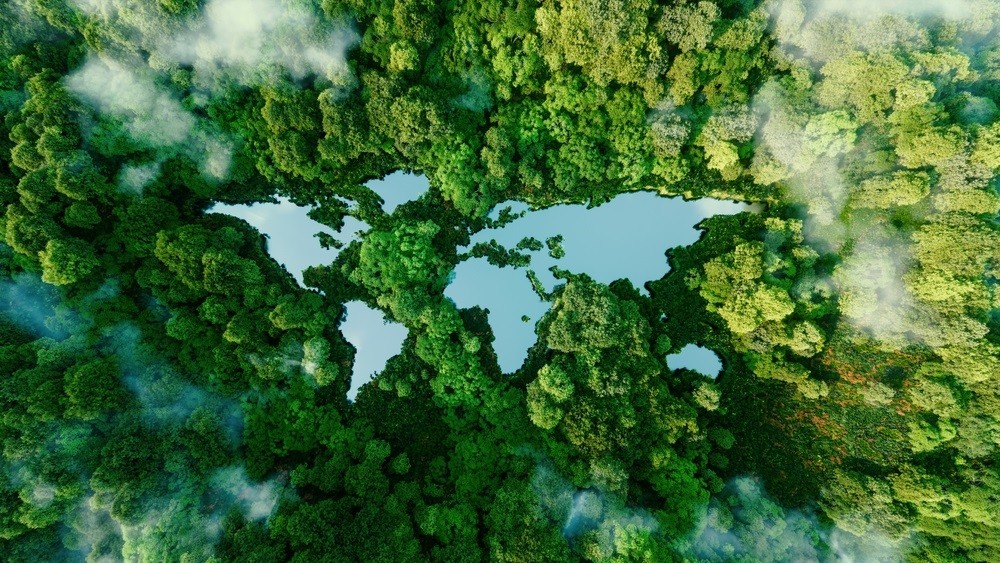
1. Causes of Action
I. Other Causes of Action
1. OVERVIEW
Climate litigation strategies reflect the unique legal contexts of each country. Whilst the Toolbox outlines various methods and approaches to corporate climate litigation, there are also additional creative causes of action that either countries have implemented or claimants conceived to bring novel challenges. This comparative research explores these creative avenues while highlighting the difficulties with bringing climate litigation generally in these countries.
1. Collective conservation challenges
In Australia, the Environmental Protection and Biodiversity Conservation (EPBC) Act has been effectively used by environmental groups to challenge multiple coal and gas projects collectively. This approach led to significant decisions by the Federal Environment Minister, including the unprecedented rejection of the Central Queensland Coal Project. However, the dismissal of the Living Wonders climate cases (see below) indicates hesitation in judicial acceptance of these innovative causes of action.
2. Indigenous rights
In Canada, climate litigation has been notably shaped by indigenous rights. Cases like Haida Nation v British Columbia (see below) underscore the government's duty to engage in consultation and participation with indigenous communities on project approvals. This approach highlights the intersection between environmental law and the rights of indigenous peoples.
Similarly, in the Philippines, the focus on indigenous rights and government accountability in environmental matters has been prominent, as demonstrated by the settlement in the Global Legal Action on Climate Change case (discussed below).
3. Criminalising emissions
China's climate litigation strategy is characterised by the criminalisation of greenhouse gas emission data fraud under the 11th Amendment of the Criminal Law, marking a significant shift towards strict legal accountability for environmental violations.
4. Hurdles and challenges
The common challenge across these countries is the need for robust legal frameworks and effective enforcement mechanisms to fully address the complexities of climate change. Future applications of climate litigation are likely to involve innovative uses of existing laws, integration of rights-based approaches, and greater judicial activism, as seen in the varied strategies in these countries.
